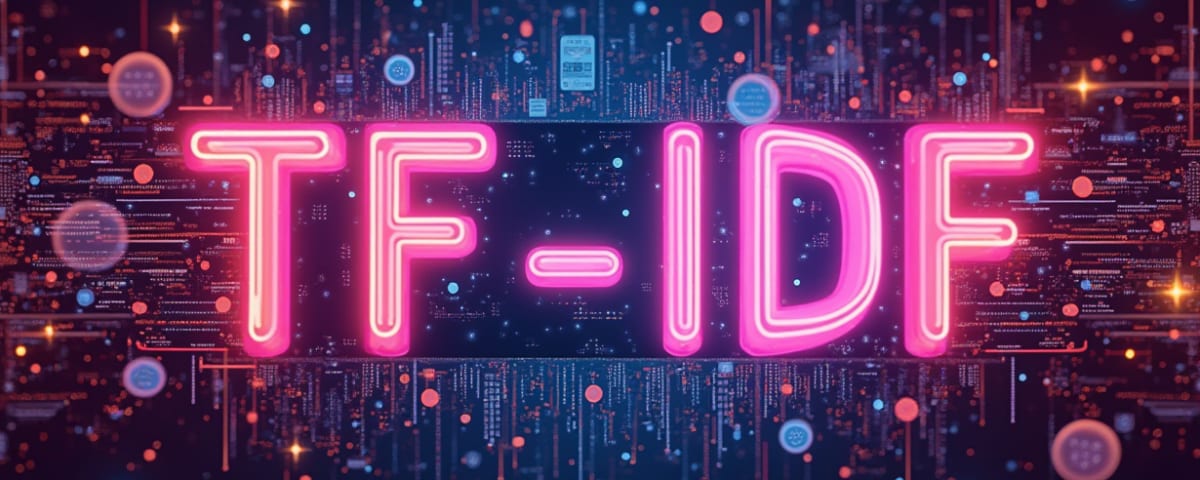In the field of artificial intelligence and natural language processing, large language models (LLMs) have revolutionized the way we interact with technology. One of the most remarkable features of these models is their ability to learn and adapt to new tasks with little to no additional information. Below, we explore three key approaches: Zero-Shot, One-Shot, and Few-Shot, providing an introduction, detailed explanation, usage examples, and a comparison between them.
Introduction
LLMs have demonstrated impressive abilities to understand and generate text regardless of context. One of the reasons for their effectiveness is their ability to generalize from very few examples or even no specific examples for a given task. The terms Zero-Shot, One-Shot, and Few-Shot describe different levels of this learning ability, depending on the amount of prior information provided to the model to perform a specific task.
Zero-Shot
What is Zero-Shot?
The Zero-Shot approach means that the model can perform a task without having been specifically trained for it and without receiving examples during the interaction. The model uses its prior knowledge to infer how to handle the task based solely on a text description.
Usage Example
Task: Translate a sentence from English to Spanish.
Zero-Shot Prompt:
Translate to Spanish: "The weather is nice today."
**Model Response:**
El clima está agradable hoy.In this example, the model does not receive translation examples but understands the task from the provided instruction.
One-Shot
What is One-Shot?
The One-Shot approach provides the model with a single example of the task to be performed. This example serves as a reference for the model to better understand the context and the expected format of the response.
Usage Example
Task: Translate a sentence from English to Spanish.
One-Shot Prompt:
Example: English: "Good morning." Spanish: "Buenos días."
Translate to Spanish: "The weather is nice today."
**Model Response:**
El clima está agradable hoy.Here, the model uses the single provided example to infer how to perform the translation.
Few-Shot
What is Few-Shot?
The Few-Shot approach involves providing the model with several examples of the task. This helps the model capture more complex patterns and generalize better to perform the task more accurately.
Usage Example
Task: Translate sentences from English to Spanish.
Few-Shot Prompt:
Example 1: English: "Good morning." Spanish: "Buenos días."
Example 2: English: "Thank you." Spanish: "Gracias."
Example 3: English: "See you later." Spanish: "Hasta luego."
Translate to Spanish: "The weather is nice today."
**Model Response:**
El clima está agradable hoy.With multiple examples, the model can better understand the translation pattern and apply it more effectively.
Comparison
| Aspect | Zero-Shot | One-Shot | Few-Shot |
|---|---|---|---|
| Number of Examples | None | One example | Several examples |
| Ease of Implementation | Very simple, just a clear instruction | Moderately simple, requires creating one example | More complex, requires multiple examples |
| Accuracy | May be less accurate for complex tasks | More accurate than Zero-Shot | Greater accuracy and generalization ability |
| Resource Usage | Fewer resources needed | Moderate resources to create one example | More resources needed to generate and manage examples |
| Applicability | Simple or well-defined tasks | Moderately complex tasks | Complex tasks that benefit from multiple examples |
Conclusion
The Zero-Shot, One-Shot, and Few-Shot approaches offer different levels of flexibility and accuracy when using LLMs for various tasks. Zero-Shot is ideal for simple tasks where a clear instruction is enough. One-Shot improves accuracy by providing one example, useful for tasks with some complexity. Few-Shot is the best choice for more complex tasks requiring deeper understanding and specific patterns, leveraging multiple examples to optimize model performance.
Understanding and selecting the right approach based on the task and available resources can maximize the effectiveness of LLMs, allowing for more efficient and accurate integration of these technologies into real-world applications.



